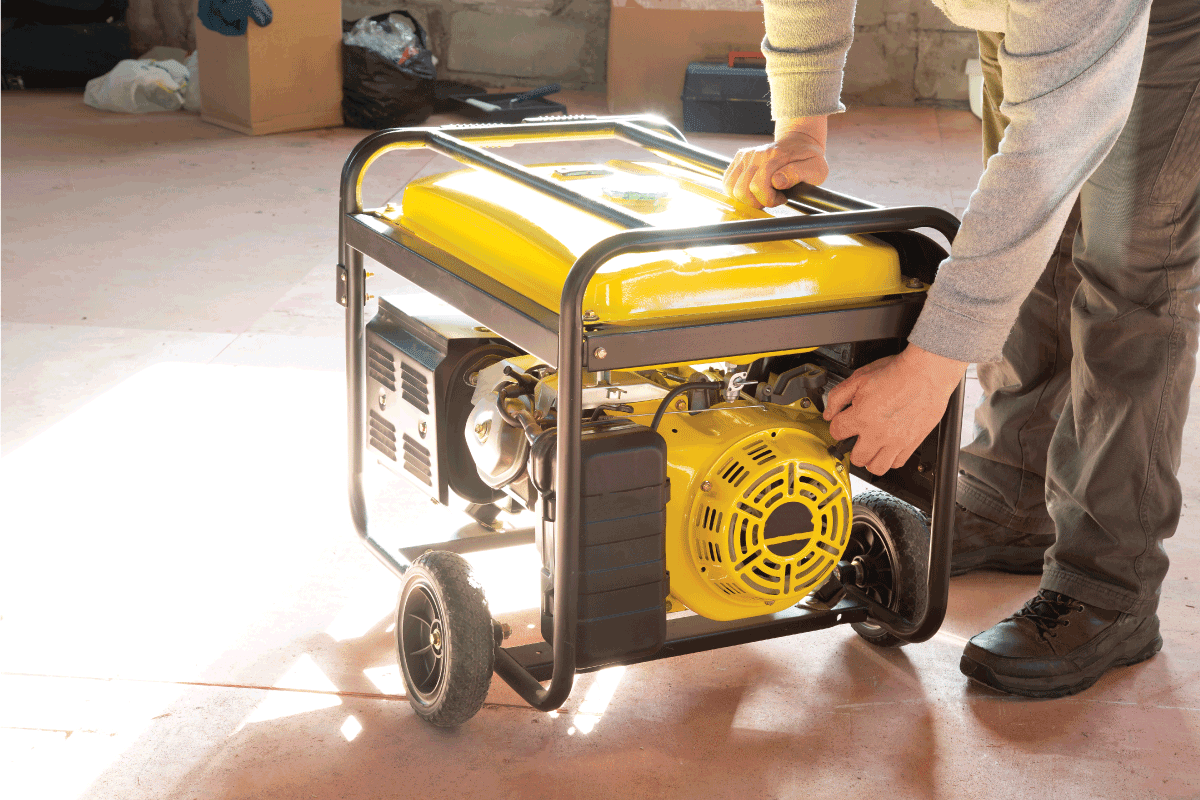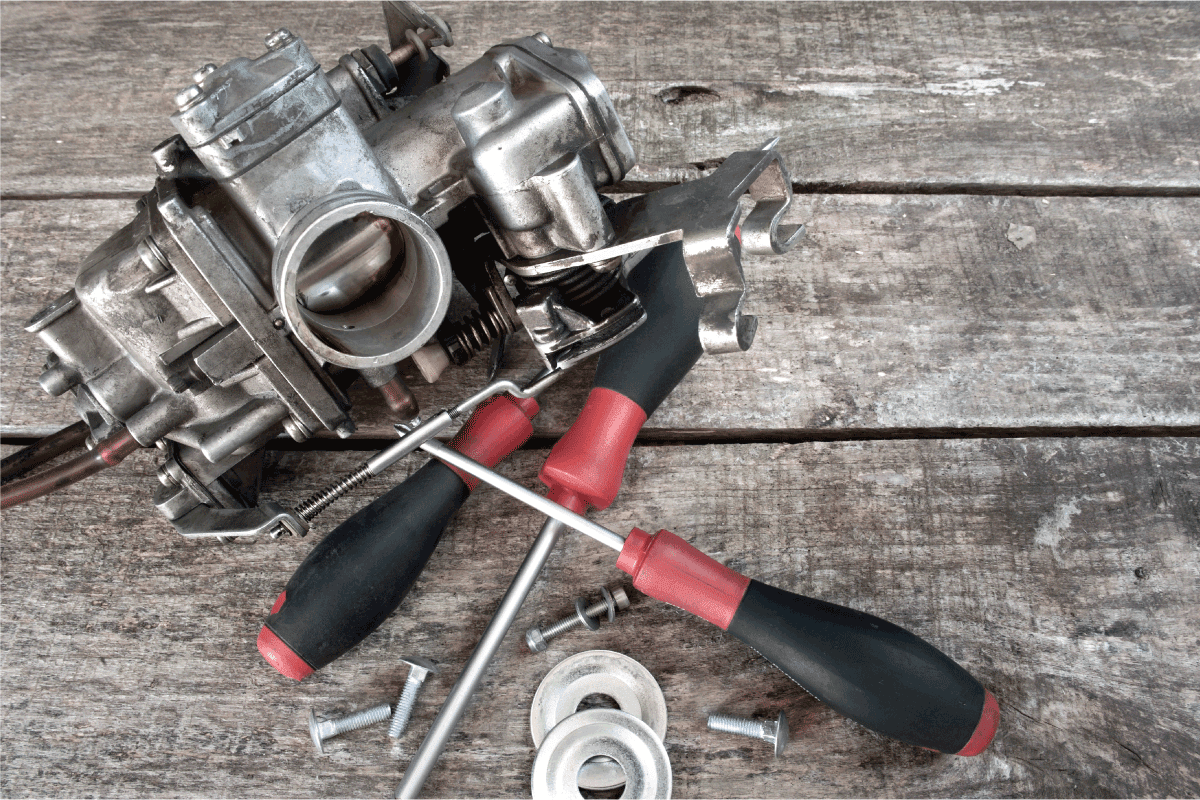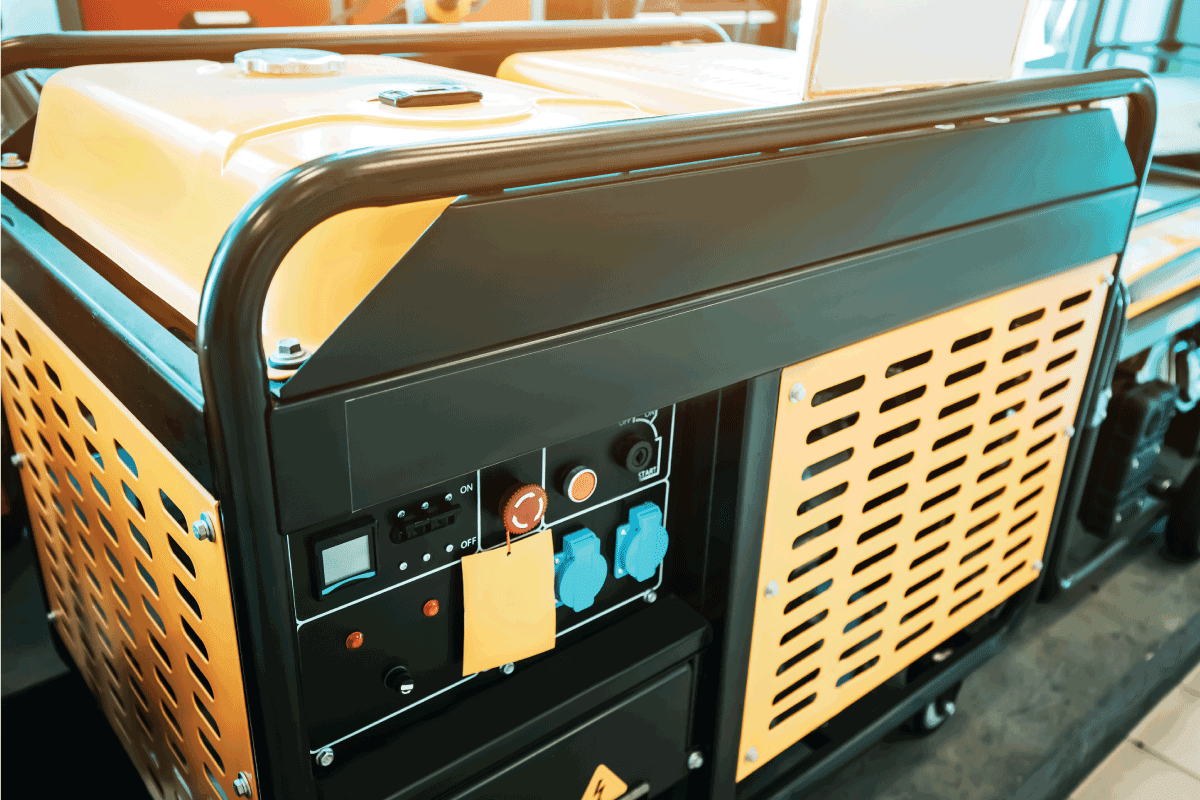For your generator to cooperate with the regulator, you must polarize it. In contrast to an alternator, a generator may operate on both positive and negative currents. We researched to provide the appropriate response.
Here's how to polarize the generator with 6, 12, and 24 volts:
- If a 6-volt generator has a positive ground system, attach one clip to the A terminal.
- When polarizing a 12-volt generator, the jumper wire should be connected to the generator and in contact with the battery's positive terminal.
- To polarize a 24-volt generator, quickly connect the voltage regulator's GEN and BATT terminals. It will spark, but that is inevitable.
The generator may be damaged, along with the other motors and switches on the same current, if it is not polarized to a positive charge and a positive current is sent into the terminals.
Thankfully, polarizing a generator is easy. Continue reading because there is a ton of stuff below that you may discover.
Polarization
The process of polarization involves matching the polarities of the voltage regulator and the generator.
The generator must be set up for either polarity because most automobiles are manufactured with negative ground and some older vehicles with a positive ground.
What to do to polarize generators is shown here.

6-volt
If your generator has five terminals, find the "A" terminal on the regulator. If your generator has six terminals, find the two terminals labeled "B."
Attach a jumper wire clip to the battery terminal. Locate the generator's "F" terminal and touch the jumper wire's free end to the "F" terminal twice in quick succession.
By allowing a surge of current to flow through the generator you'll be able to correctly align the polarity for the generator.
12-volt
To get the generator working, take the fan belt off the car or equipment. Attach the jumper wire to the generator's armature terminal; this terminal will have an "A" marking.
Connect the jumper wire's other end to the battery's positive terminal. Just quickly contact the battery. Longer touches to the positive terminal will harm the generator.
If the polarities are mismatched, electrical components could sustain damage.
24-volt
Locate the regulator's "B" terminal, attach one of the alligator clips, then locate the "D" terminal and touch it with the other alligator clip.
We'll now effectively polarize the generator, so if it does not start spinning throughout this procedure, it is most likely broken.
A more effective response is generated by polarizing the generator, ensuring that the north and south poles produce the same voltage.
How do you flash a generator?
During startup, the generator might build up voltage thanks to residual magnetism in the exciter field.
By simulating the power sources, your generator could meet when in use, such as light sockets or batteries, flashing guarantees that it will be safe to use. We conducted the research to present you with the solution.
![steps on how to flash a generator. How To Polarize A Generator [Inc. 6, 12, & 24 Volt] - Step By Step Guide](https://hvacseer.com/wp-content/uploads/2022/10/steps-on-how-to-flash-a-generator.-How-To-Polarize-A-Generator-Inc.-6-12-24-Volt-Step-By-Step-Guide.png)
Follow these steps:
- Using a dipstick, check the oil level.
- Have the battery prepared
- Voltage to Test
- Set the Ready mode on your generator.
When we don't need a generator, we may store it or put it away, but when we do, it might not generate power. We flash the generator to make it start generating electricity again. Without further ado, let's get started.
Flashing A Generator
Restarting a generator includes flashing it. We can flash the generator by delivering electrical power using a battery or restart the generator by exerting mechanical force on the generator's input section. The steps are listed below.
Measure
Check the oil dipstick first to determine how much oil is in the engine. You should use a different measuring tool if you don't have a dipstick. For generators, oil should be positioned between half an inch and one inch from the bottom.
You might need to start your generator by charging the battery if there is no power in your home. You must work with generators in a controlled area free of any combustible items because they can present potential shock dangers.
Prepare
Since many generators run on batteries, you must prepare the battery before using your generator. Attach your cables to the appropriate terminals on the generator's end. The positive and negative cables should be linked to "+" and "-" accordingly.
Depending on your generator type, this procedure may alter significantly, so carefully read the instructions. Once the connections are correctly connected, start the engine without turning it "on."
Turn up your generator after a little delay and verify that the engine starts up properly before moving on to the next stage.
Test
Turning off everything plugged into the generator and starting a different engine will allow you to test the generator voltage. Take a voltmeter and check the voltage at one of the places once you've started it.
During this step, the most crucial thing to keep in mind is to be cautious around equipment like dynamos and generators when there is no electricity since they might give you a fatal shock.
Ready Mode
It's time to switch on your generator after finishing all the aforementioned processes. To check if they operate, turn on any appliances connected to battery-operated equipment.
If everything appears to be in order, your generator is in good shape and can be utilized to power your home at this time.
Remember to only connect the battery after turning on a new generator.
Once you've finished flashing your generator, turn it off and put on some safety gloves because some generators can still be dangerously shock-prone even when turned off.
Why Doesn't My Generator Operate Properly?
To effectively power the required equipment, generators must operate smoothly and effectively. However, there are a few typical issues that generator owners should be aware of to avoid disruption. Let's start now.
Check for overloading, rodent damage, dirty spark plugs, clogged air filters, dirty carburetors, battery problems, and low fuel, oil, or water levels if your generator starts but won't stay running.
Neglecting routine maintenance is the most frequent source of generator issues, as effective engine operation depends on it.
Regular, semi-annual, and annual generator services are frequently included in a maintenance plan that follows the manufacturer and distributor's recommendations. Read on to find out more.

Overload
First, you should ensure that you are not using your generator to power more equipment than it can handle.
The generator may cut off if you operate too much equipment on a too-small generator to prevent overstressing your appliances.
Rodents
Rodent infestations should be treated by removing the rodents and replacing any wiring or hoses that the rodents have damaged.
It could also be a good idea to set up rodent traps to catch any future tiny animals before they decide to establish a home in your pricey generator.
Spark Plugs
The most reliable solution to a spark plug problem is to swap them out for brand-new ones. Some spark plugs, though, can get dusty and, if cleaned and reinstalled, function like new.
See this spark plug on Amazon.
Air Filter
Clean air must circulate throughout an engine for it to function properly. A clogged air filter inhibits the engine from receiving the proper volume of clean air.
Dirty Carburetor
Insufficient gasoline in the carburetor can cause the volatile fuel components to evaporate from the collected gas, forming a viscous mixture that adheres to the carb and interrupts the flow of fuel.
A carburetor may need to be replaced if it is kept unclean for an extended period.

Battery Issues
Your battery charger is usually where problems with batteries start. You could have a defective charger, your installer might have connected the charger to the same circuit as the block heater, or you might have purchased a defective battery.
Fuel Level
Always check the gasoline level in the tank before starting your generator to avoid running out of fuel.
To avoid running out of fuel, you can alternatively decide to install a generator that is powered by natural gas or liquid propane directly from the utility.

Oil Level
Too little oil might cause a generator to switch off. Although newer generators feature a "low oil shutoff sensor" that automatically shuts the engine when oil levels are too low to prevent the generator from starting with no oil, older models will still start with low oil.
Running your engine with little or no oil can seriously damage and wear out several engine components.
Water Level
Most generators can't manage the increase in temperature when the radiator doesn't have enough water in it.
The most delicate components of the engine, control panel, and voltage meter have difficulty operating at a high temperature for any length of time. If needed, inspect the water level, then add water.

In Closing
The generator may be damaged, along with the other motors and switches on the same current, if it is not polarized to a positive charge and a positive current is supplied into the terminals.
You must use a jumper between the battery and the ignition or the generator. In polarizing generators with 6, 12, and 24 volts, all brush wires must be removed from the Automatic Voltage Regulator.
Check out some of our other posts before you leave:
Generator Blowing Light Bulbs Or Appliances? Here's What To Do!



